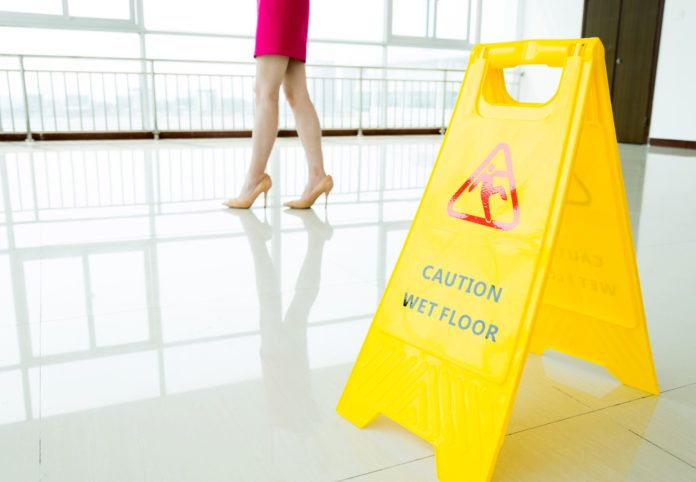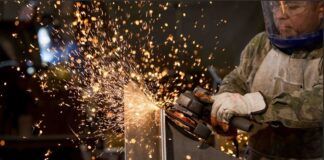In our last article, we looked at why we are inconsistent when it comes to backing our cars into parking spots. We offered two reasons for this: People don’t understand why and don’t think it really applies to them. We asked the readers to consider two things: Where do you have rules that aren’t explained, and do you have rules that seem to only apply to the field workers? It’s this second question we would like to explore a little further.
 When we think of safety and protecting workers, we tend to focus on the people wearing PPE. This is a natural reaction, since we assume they are wearing personal protective equipment to protect themselves from something personally. This likely leads office workers to fall into the Human Performance trap of overconfidence since the absence of a PPE requirement must mean we are not actively in harm’s way.
When we think of safety and protecting workers, we tend to focus on the people wearing PPE. This is a natural reaction, since we assume they are wearing personal protective equipment to protect themselves from something personally. This likely leads office workers to fall into the Human Performance trap of overconfidence since the absence of a PPE requirement must mean we are not actively in harm’s way.
This, of course, is just not true. According to the Bureau of Labor Statistics, about 76,000 office workers receive disabling injuries each year. According to the Center for Disease Control, office workers are 2 to 2.5 times more likely to suffer an injury from a fall than a non-office worker. According to OSHA, it doesn’t matter if the injury happened next to the copy machine or next to heavy machinery; workplace injuries are workplace injuries and will be recorded the same way. OK, I took a little creative license with that last one, but you get the point.
To be clear, this article isn’t intended for just the 9-to-5 office workers. In the field, too, workers have to navigate office hazards from time to time. Even if you don’t have your own desk you still spend plenty of time in office settings. Whether it’s all-hands meetings, turning in paperwork, or getting performance reviews, field workers need to think about the hazards of the office too.
Falls
As mentioned earlier, falls are a big hazard in office settings. Boxes, files, loose rugs, extension cords, rolling chairs, purses and backpacks, and co-workers lying on the ground as they have lost the will the carry-on—all present tripping opportunities. You’re more likely to find an employee standing on a chair instead of a ladder in an office than on a service call. Tile or marble floors can become very slippery when a little liquid is spilled on it and everyone seems to be carrying a drink around.
Caught by or Struck by
File cabinets with too many drawers hanging open can become a tripping hazard but may also cause the cabinet to tip over. Bookcases that are top-heavy loaded can also tip over and strike a worker. A large stack of boxes or other materials can also pose a tipping hazard. On average, two people are crushed to death each year trying to extract items from a vending machine.
Physical Environment
Cubic farms are especially tight and cluttered areas. Lighting in an office is often dimmer, causing visibility concerns. Exits and walkways are often blocked with boxes, files, or office furniture. Office workers are notoriously cold, which has them walking around with coffee (spill and slip hazard) or sitting at their desk with a space heater (electrical/fire hazard).
As mentioned before, just because you aren’t wearing PPE doesn’t mean you are out of harm’s way. Safe driving, parking lot safety, line of fire, traversing rules, electrical, and fire safety apply to everyone. Safety doesn’t end at the office threshold. Stay alert and look for hazards in office areas too.



